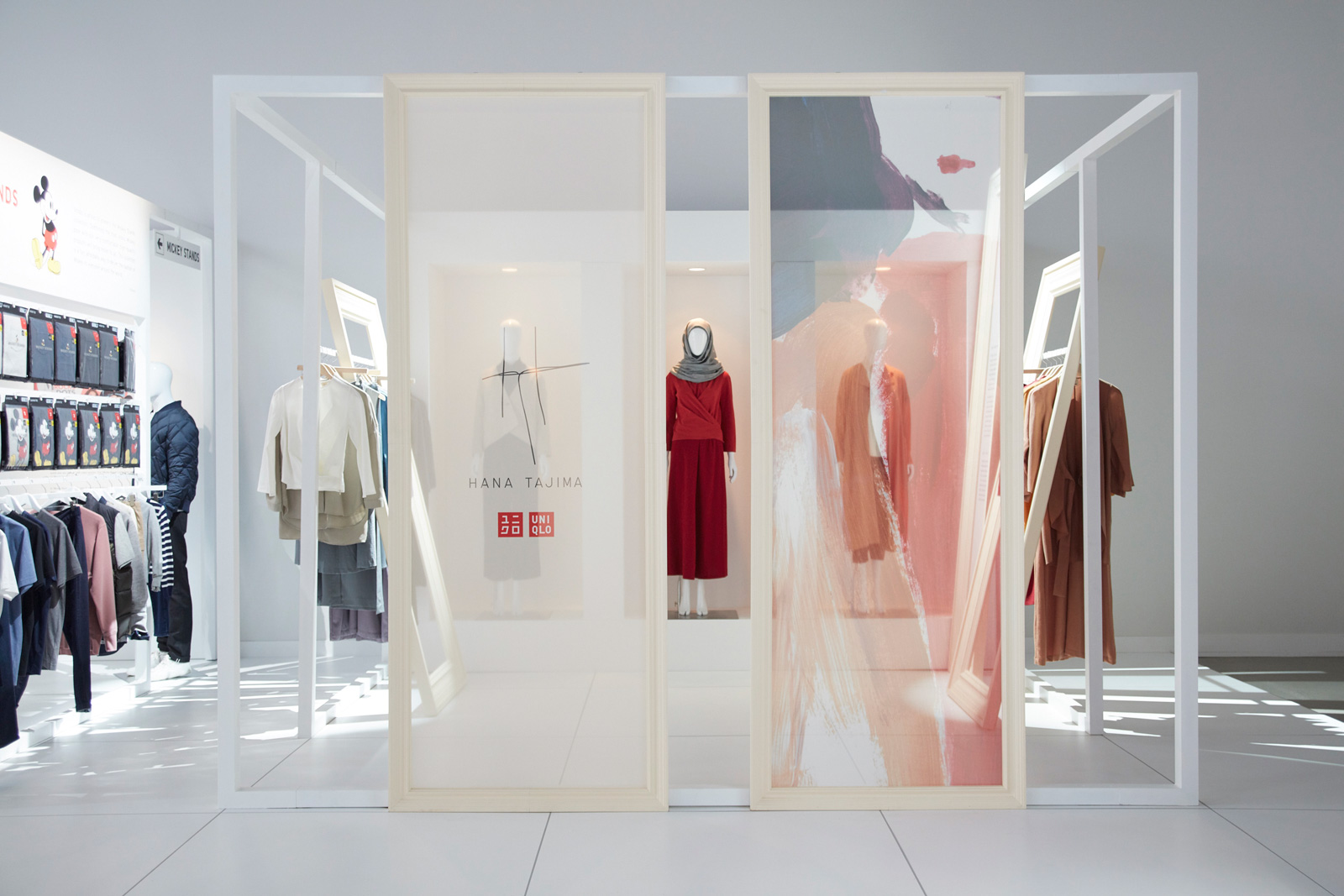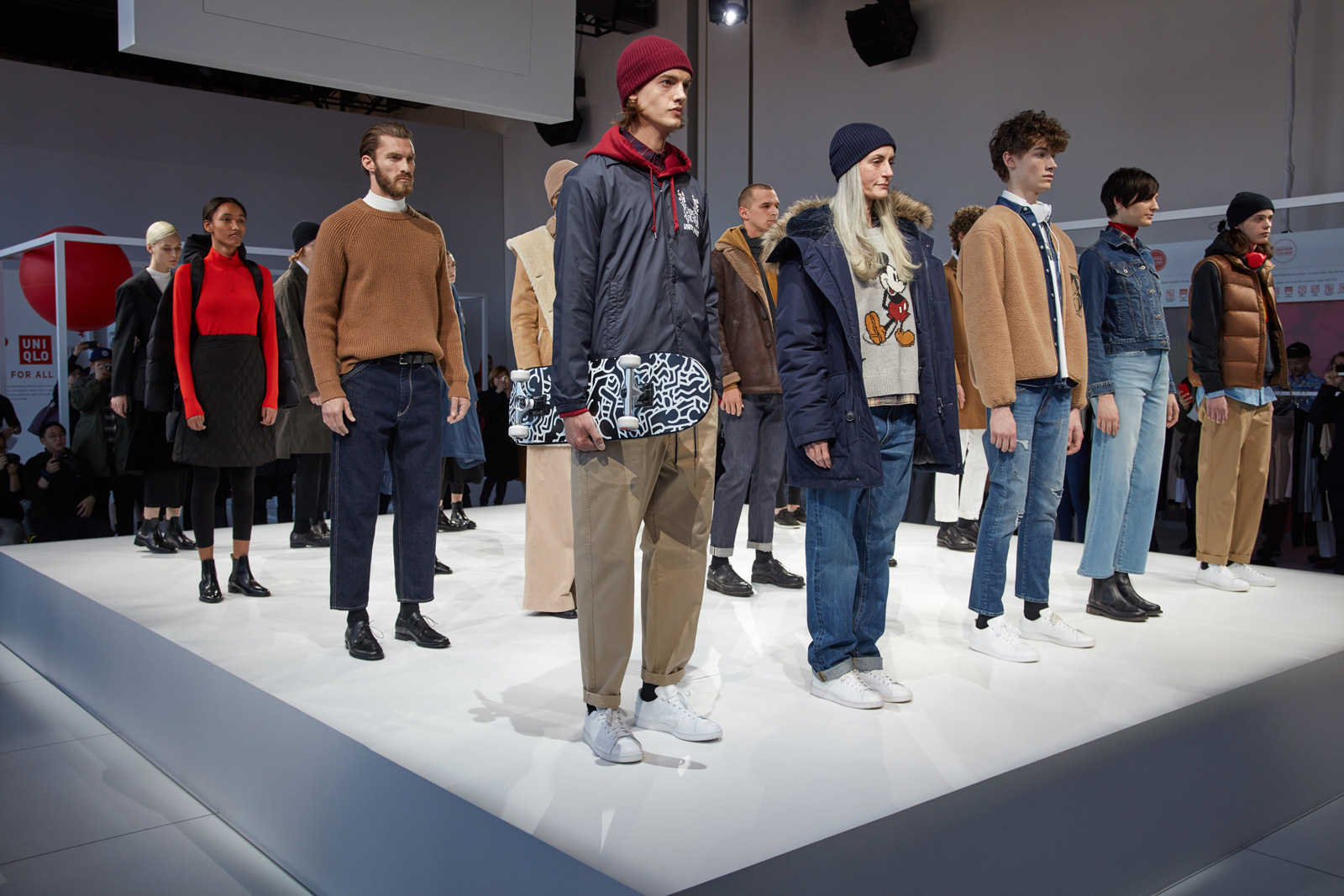Interview: Yuki Katsuta, Global Head of Research and Design at Uniqlo
Addressing LifeWear, Roombas and next steps for a brand that doesn’t make “disposable clothes”

Last week, the global talent behind Japanese fashion brand Uniqlo assembled in New York City to debut their forthcoming wares and clarify the meaning of a term that’s factored into their brand of late. This word, “LifeWear,” doesn’t represent one particular division of Uniqlo. Rather, it encapsulates all of their clothing and accessories. It’s a carefully considered statement aiming to affirm the brand’s commitment to producing simple, high quality clothes. Yuki Katsuta, Global Head of Research and Design at Uniqlo, found that those modifiers don’t often align. Simpler clothes, the basics and staple layers, generally get poorer materials. They’re throwaway items. And that is antithetical to Uniqlo’s mission. LifeWear, thus, is a challenge to consumers as well: see how much use you can get out of these items. This is a program Yuki feels quite passionate about. Residing between Tokyo and New York City, and with a lengthy history in the luxury world, Yuki’s mission has been to find the best materials and designs across the globe. But, as he explains, that’s not all.

In your title, there are two of the most important words in apparel today: research and development. How do they actually apply to what you do every day?
There are two parts. There are the real technical developments, mainly among fabrics. That happens primarily in Tokyo, since we have a strategic relationship with Toray, one of the biggest Japanese fabric research companies. One fabric development can take two years. I am already asking my team, now, to develop fabrics for 2019. It takes a very long time, after testing and testing and testing. The other part is design. Of course, we are researching and studying “trends” in fashion but also focusing on new silhouettes and details and even construction. We are doing that every day. Sometimes people mix them, the idea of trends in colors and details with something functional like silhouettes and fabrics. But at the end of the day if people do not wear it [because of a trend-like element] they will not feel anything [that’s a technical advancement]. They will never know if it is good or not. At the end of the day, people need to wear it to know what we’ve done. Based on that, we have to think about how consumers consider wearing a certain type of clothing every day—how we can make their life easier and more comfortable. That is what we think about in our offices.

With fabric and material development, do you see something in the industry and think “we should apply that to what we do?” or is it more like “here is a problem our consumers face and we must fix this?”
Both ways. With the second one, every day we get feedback from customers. Good, bad, both. We are always listening to customer voices. Based on that, we think on how we can evolve toward better fabrics.
Getting bogged down in technical minutia of fabrics isn’t the most exciting type of work for some. How do you feel about it?
I’ll share a story. At the beginning of this year, I talked to my R&D team, all 200 people ,with my New Years message. Sometimes, thinking about new technologies on a grand scale gets people to pay more attention. It is the same when thinking of higher functioning techniques. This happens everywhere, not just fashion. You know the electric cleaner the Roomba? I read a story about it. At the beginning of this story the technician started to study and seek new technology, on a smaller, more personal scale. So I said to my team, “let’s forget about our technology and think about the customer that wants the Roomba. Now, you think about people who buy the Roomba, they live today and clean today, and they found an easier way to do both. We need to think about our technology in the same way. Do not move too deep into the technical aspects. We’ve done that. Think about the people, what they need and what we can make to help them.

You are very hands on with and in constant communication with all of your designers?
They don’t like it [Yuki laughs] but I speak to them all every day. I always check. I always keep on asking. Even those in New York.
With LifeWear, what do you see that the brand can be proud of?
There are several ways to explain but I will share another personal story. Back in 2006, eleven years ago, we had a collaboration with Alexander Wang. We created, with him eight dresses for $39 each. My daughter was 17 years old at that time, in high school. She bought one. She wore it and enjoyed it. After she went to college, she still wore that dress. When she went to parties, she wore it. When she went to graduate school, she still wore it. Now, she is 28 and working in Manhattan, and she still has it and wears it. That tells me what we have to do with LifeWear. She has changed but that dress still works. My dream, how we can make all these clothes, is like that. If that happened, I could retire.

Sustainability is a big word in fashion these days. Thoughts on its use?
Sustainability is a big conversation in our world. Not only in fashion. It’s important to save the environment by using organic cotton. This is great. We agree. But when you think about it, if a designer out there is proud of sustainability and makes a shirt but it only lasts one season, is that sustainable? I don’t know. Our clothes, our goal, is to make clothes that stay with people five or ten years and still look great. And that’s sustainability, too.

For a global brand, when you try to convey a new message when there are so many existing perceptions among so many different types individuals already, how do you get their attention?
The key is making very clear the differences from the past. We take the newness, the fabric or design, and show how that new idea can make someone’s life easier—or happier. Yes, marketing is very important. We have a lot of homework to do on it. We share our stories with customers. Stories are important, but more importantly is how we tell it all.
Images courtesy of Uniqlo










